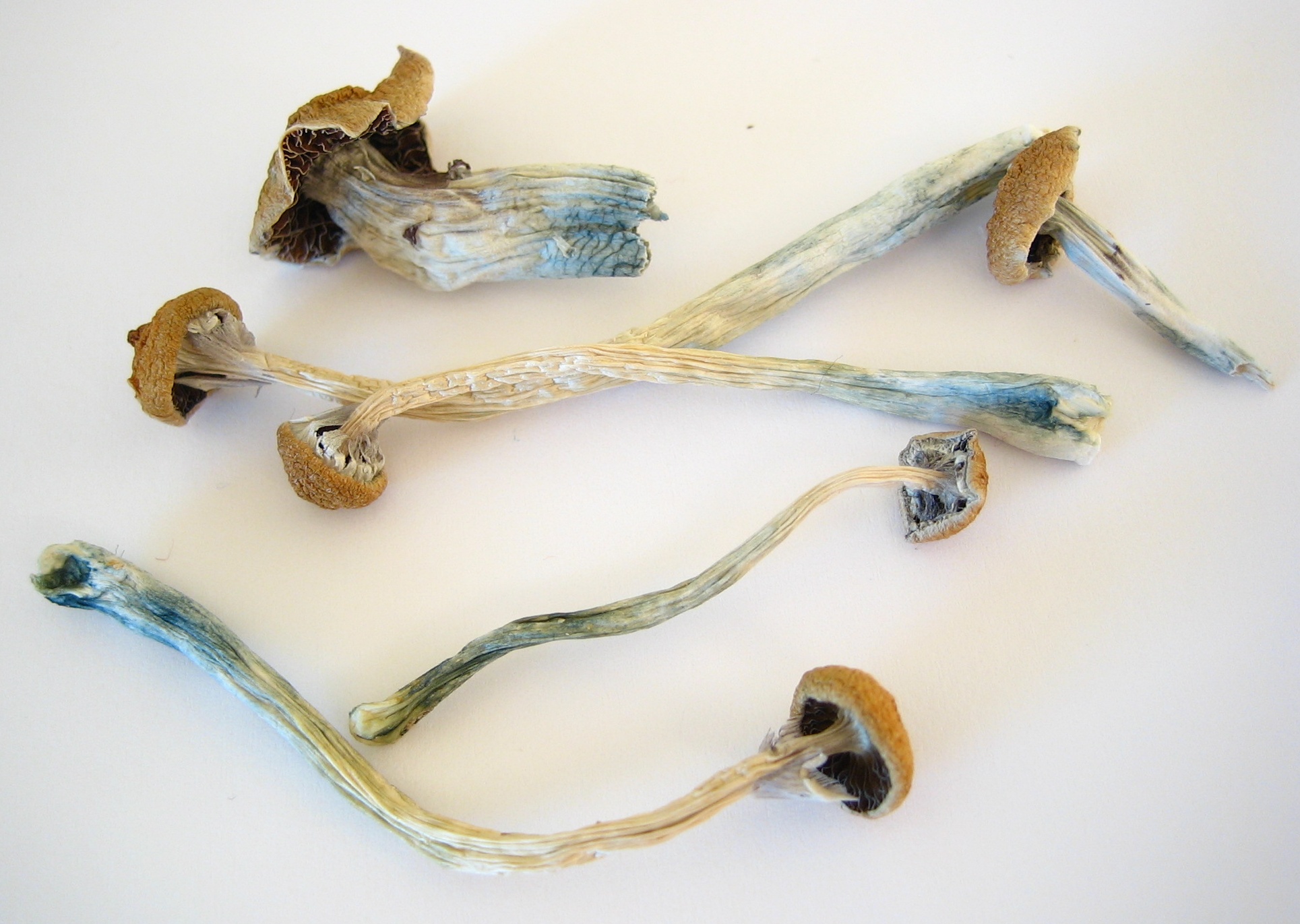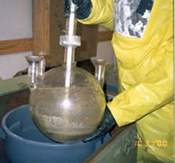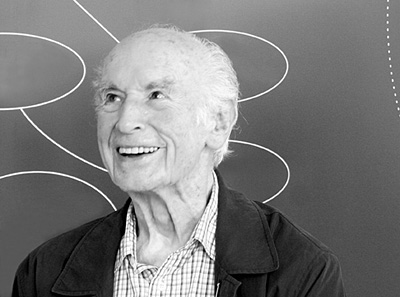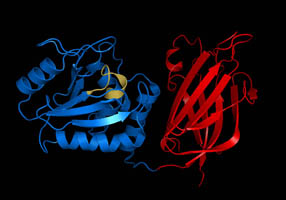|
Psilocin
Psilocin (also known as 4-HO-DMT, 4-hydroxy DMT, psilocine, psilocyn, or psilotsin) is a substituted tryptamine alkaloid and a serotonergic psychedelic substance. It is present in most psychedelic mushrooms together with its phosphorylated counterpart psilocybin. Psilocin is a Schedule I drug under the Convention on Psychotropic Substances. Acting on the 5-HT2A receptors, psilocin modulates the production and reuptake of serotonin. The mind-altering effects of psilocin are highly variable and subjective and resemble those of LSD and DMT. Chemistry Psilocin and its phosphorylated cousin, psilocybin, were first isolated and named in 1958 by Swiss chemist Albert Hofmann. Hofmann obtained the chemicals from laboratory-grown specimens of the entheogenic mushroom '' Psilocybe mexicana''. Hofmann also succeeded in finding synthetic routes to these chemicals. Psilocin can be obtained by dephosphorylation of natural psilocybin under strongly acidic or under alkaline condition ... [...More Info...] [...Related Items...] OR: [Wikipedia] [Google] [Baidu] |
Psilocybin
Psilocybin ( , ) is a naturally occurring psychedelic prodrug compound produced by more than 200 species of fungi. The most potent are members of the genus ''Psilocybe'', such as '' P. azurescens'', '' P. semilanceata'', and '' P. cyanescens'', but psilocybin has also been isolated from about a dozen other genera. Psilocybin is itself biologically inactive but is quickly converted by the body to psilocin, which has mind-altering effects similar, in some aspects, to those of LSD, mescaline, and DMT. In general, the effects include euphoria, visual and mental hallucinations, changes in perception, a distorted sense of time, and perceived spiritual experiences. It can also cause adverse reactions such as nausea and panic attacks. Imagery found on prehistoric murals and rock paintings of modern-day Spain and Algeria suggests that human usage of psilocybin mushrooms predates recorded history. In Mesoamerica, the mushrooms had long been consumed in spiritual ... [...More Info...] [...Related Items...] OR: [Wikipedia] [Google] [Baidu] |
Psychedelic Mushroom
Psilocybin mushrooms, commonly known as magic mushrooms, are a polyphyletic informal group of mushroom, fungi that contain psilocybin which turns into psilocin upon ingestion. Biological genera containing psilocybin mushrooms include ''Psilocybe'', ''Panaeolus'' (including ''Copelandia''), ''Inocybe'', ''Pluteus'', ''Gymnopilus'', and ''Pholiotina''. Psilocybin mushrooms have been and continue to be used in indigenous New World cultures in religious, Divination, divinatory, or Spirituality, spiritual contexts. Psilocybin mushrooms are also used as recreational drugs. They may be depicted in Stone Age rock art in Africa and Europe, but are most famously represented in the Pre-Columbian sculptures and glyphs seen throughout North, Central and South America. History Early Prehistoric rock arts near Villar del Humo in Spain, suggests that ''Psilocybe hispanica'' was used in religious rituals 6,000 years ago. The hallucinogenic species of the Psilocybe genus have a history of us ... [...More Info...] [...Related Items...] OR: [Wikipedia] [Google] [Baidu] |
1-Methylpsilocin
1-Methylpsilocin is a tryptamine derivative which acts as a selective agonist for the 5-HT2C receptor (IC50 of 12 nM, vs 633 nM at 5-HT2A), and an inverse agonist at 5-HT2B (Ki of 38 nM). While 1-methylpsilocin does have higher affinity for 5-HT2C than 5-HT2A, it does produce a head-twitch response in mice that are dependent on 5-HT2A, so it is not entirely free of effects on 5-HT2A in vivo. In contrast to psilocin, 1-methylpsilocin did not activate 5-HT1A receptors in mice. 1-Methylpsilocin has been investigated for applications such as treatment of glaucoma, OCD, and cluster headaches, as these conditions are amenable to treatment with psychedelic drugs but are not generally treated with such agents due to the hallucinogenic side effects they produce, which are considered undesirable. 1-Methylpsilocin therefore represents a potential alternative treatment to psilocin that may be less likely to produce hallucinogenic effects. See also * 2-Bromo-LSD * CP-1 ... [...More Info...] [...Related Items...] OR: [Wikipedia] [Google] [Baidu] |
Substituted Tryptamine
Substituted tryptamines, or serotonin analogues, are organic compounds which may be thought of as being derived from tryptamine itself. The molecular structures of all tryptamines contain an indole ring, joined to an amino (NH2) group via an ethyl (−CH2–CH2−) sidechain. In substituted tryptamines, the indole ring, sidechain, and/or amino group are modified by substituting another group for one of the hydrogen (H) atoms. Well-known tryptamines include serotonin, an important neurotransmitter, and melatonin, a hormone involved in regulating the sleep-wake cycle. Tryptamine alkaloids are found in fungi, plants and animals; and sometimes used by humans for the neurological or psychotropic effects of the substance. Prominent examples of tryptamine alkaloids include psilocybin (from "psilocybin mushrooms") and DMT. In South America, dimethyltryptamine is obtained from numerous plant sources, like chacruna, and it is often used in ayahuasca brews. Many synthetic tryptamines have ... [...More Info...] [...Related Items...] OR: [Wikipedia] [Google] [Baidu] |
Serotonergic Psychedelic
Psychedelics are a subclass of hallucinogenic drugs whose primary effect is to trigger non-ordinary states of consciousness (known as psychedelic experiences or "trips").Pollan, Michael (2018). ''How to Change Your Mind: What the New Science of Psychedelics Teaches Us About Consciousness, Dying, Addiction, Depression, and Transcendence'' Sometimes, they are called classic hallucinogens, serotonergic hallucinogens, or serotonergic psychedelics, and the term ''psychedelics'' is used more broadly to include all hallucinogens; this article uses the narrower definition of ''psychedelics''. Psychedelics cause specific psychological, visual, and auditory changes, and often a substantially altered state of consciousness.Leary, Timothy; Metzner, Ralph (1964). ''The Psychedelic Experience: A Manual Based on The Tibetan Book of the Dead'' Psychedelic states are often compared to meditative, psychodynamic or transcendental types of alterations of mind. The "classical" psychedelics, the ... [...More Info...] [...Related Items...] OR: [Wikipedia] [Google] [Baidu] |
Convention On Psychotropic Substances
The Convention on Psychotropic Substances of 1971 is a United Nations treaty designed to control psychoactive drugs such as amphetamine-type stimulants, barbiturates, benzodiazepines, and psychedelics signed in Vienna, Austria on 21 February 1971. The Single Convention on Narcotic Drugs of 1961 did not ban the many newly discovered psychotropics, since its scope was limited to drugs with cannabis, coca and opium-like effects. During the 1960s such drugs became widely available, and government authorities opposed this for numerous reasons, arguing that along with negative health effects, drug use led to lowered moral standards. The Convention, which contains import and export restrictions and other rules aimed at limiting drug use to scientific and medical purposes, came into force on 16 August 1976. As of 2013, 183 member states are Parties to the treaty. Many laws have been passed to implement the Convention, including the Canadian Controlled Drugs and Substances Act, th ... [...More Info...] [...Related Items...] OR: [Wikipedia] [Google] [Baidu] |
N,N-Dimethyltryptamine
''N'',''N''-Dimethyltryptamine (DMT or ''N'',''N''-DMT, SPL026) is a substituted tryptamine that occurs in many plants and animals, including human beings, and which is both a derivative and a structural analog of tryptamine. It is used as a psychedelic drug and prepared by various cultures for ritual purposes as an entheogen. DMT has a rapid onset, intense effects, and a relatively short duration of action. For those reasons, DMT was known as the "business trip" during the 1960s in the United States, as a user could access the full depth of a psychedelic experience in considerably less time than with other substances such as LSD or psilocybin mushrooms. DMT can be inhaled, ingested, or injected and its effects depend on the dose, as well as the mode of administration. When inhaled or injected, the effects last a short period of time: about five to 15 minutes. Effects can last three hours or more when orally ingested along with a monoamine oxidase inhibitor (MAOI), such a ... [...More Info...] [...Related Items...] OR: [Wikipedia] [Google] [Baidu] |
Albert Hofmann
Albert Hofmann (11 January 1906 – 29 April 2008) was a Swiss chemist known for being the first to synthesize, ingest, and learn of the psychedelic effects of lysergic acid diethylamide (LSD). Hofmann's team also isolated, named and synthesized the principal psychedelic mushroom compounds psilocybin and psilocin. He authored more than 100 scientific articles and numerous books, including ''LSD: Mein Sorgenkind'' (''LSD: My Problem Child''). In 2007, he shared first place with Tim Berners-Lee on a list of the 100 greatest living geniuses published by ''The Daily Telegraph'' newspaper. Early life and education Albert Hofmann was born in Baden, Switzerland, on 11 January 1906. He was the first of four children to factory toolmaker Adolf Hofmann and Elisabeth ( Schenk) and was baptized Protestant. When his father became ill, Hofmann obtained a position as a commercial apprentice in concurrence with his studies. At age 20, Hofmann began his chemistry degree at the University of ... [...More Info...] [...Related Items...] OR: [Wikipedia] [Google] [Baidu] |
Alkaloid
Alkaloids are a class of basic BASIC (Beginners' All-purpose Symbolic Instruction Code) is a family of general-purpose, high-level programming languages designed for ease of use. The original version was created by John G. Kemeny and Thomas E. Kurtz at Dartmouth College ..., natural product, naturally occurring organic compounds that contain at least one nitrogen atom. This group also includes some related compounds with neutral and even weakly acidic properties. Some synthetic compounds of similar structure may also be termed alkaloids. In addition to carbon, hydrogen and nitrogen, alkaloids may also contain oxygen, sulfur and, more rarely, other elements such as chlorine, bromine, and phosphorus.Chemical Encyclopedia: alkaloids xumuk.ru Alkaloids are produced by a large variety of organisms includi ... [...More Info...] [...Related Items...] OR: [Wikipedia] [Google] [Baidu] |
Psilocybe Mexicana
''Psilocybe mexicana'' is a psychedelic mushroom. Its first known usage was by the natives of North and Central America over 2,000 years ago. Known to the Aztecs as teotlnanácatl, from the Nahuatl ''teotl'' ("god") + ''nanácatl'' ("fungus"). This species was categorized by French botanist Roger Heim. It was from this species that Dr. Albert Hofmann, working with specimens grown in his Sandoz laboratory, first isolated and named the active entheogenic compounds psilocybin and psilocin. Uncertain of whether or not the artificially cultivated mushrooms would retain their natural psychoactive properties, Dr. Hofmann consumed 32 specimens. The following is his account of the experience, published in his classic text, ''The Botany and Chemistry of Hallucinogens'': As I was perfectly aware that my knowledge of the Mexican origin of the mushrooms would lead me to imagine only Mexican scenery, I tried deliberately to look on my environment as I knew it normally. But all voluntary effo ... [...More Info...] [...Related Items...] OR: [Wikipedia] [Google] [Baidu] |
Dephosphorylation
In biochemistry, dephosphorylation is the removal of a phosphate (PO43−) group from an organic compound by hydrolysis. It is a reversible post-translational modification. Dephosphorylation and its counterpart, phosphorylation, activate and deactivate enzymes by detaching or attaching phosphoric esters and anhydrides. A notable occurrence of dephosphorylation is the conversion of ATP to ADP and inorganic phosphate. Dephosphorylation employs a type of hydrolytic enzyme, or hydrolase, which cleaves ester bonds. The prominent hydrolase subclass used in dephosphorylation is phosphatase, which removes phosphate groups by hydrolysing phosphoric acid monoesters into a phosphate ion and a molecule with a free hydroxyl (-OH) group. The reversible phosphorylation-dephosphorylation reaction occurs in every physiological process, making proper function of protein phosphatases necessary for organism viability. Because protein dephosphorylation is a key process involved in cell signalling ... [...More Info...] [...Related Items...] OR: [Wikipedia] [Google] [Baidu] |
Serotonin
Serotonin () or 5-hydroxytryptamine (5-HT) is a monoamine neurotransmitter. Its biological function is complex and multifaceted, modulating mood, cognition, reward, learning, memory, and numerous physiological processes such as vomiting and vasoconstriction. Approximately 90% of the serotonin that the body produces is in the intestinal tract. Biochemically, the indoleamine molecule derives from the amino acid tryptophan, via the (rate-limiting) Tryptophan hydroxylase, hydroxylation of the 5 position on the ring (forming the intermediate 5-Hydroxytryptophan, 5-hydroxytryptophan), and then Aromatic L-amino acid decarboxylase, decarboxylation to produce serotonin. Serotonin is primarily found in the enteric nervous system located in the human gastrointestinal tract, gastrointestinal tract (GI tract). However, it is also produced in the central nervous system (CNS), specifically in the raphe nuclei located in the brainstem, Merkel cells located in the skin, Neuroendocrine cell#Pulmo ... [...More Info...] [...Related Items...] OR: [Wikipedia] [Google] [Baidu] |










